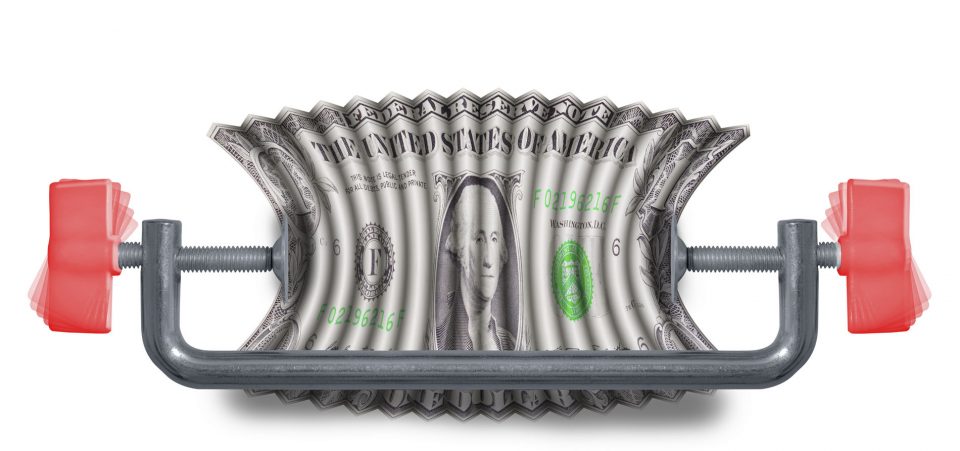Consumer Confidence Falls
The University of Michigan’s monthly survey on consumer sentiment in the United States cast a shadow over trading activity on Friday when, after publishing the preliminary October data, it showed a steep downtick in consumer sentiment.
The Surveys on Consumers data are considered a leading indicator of U.S. economic conditions. (Source: “Preliminary Results for October 2016,” University of Michigan, last accessed October 14, 2016.)
According to the university’s Sentiment Index, consumers have not felt this tight-fisted since September of last year. For those who do not remember, the world economy was tenuous at best during that month, having just escaped a summer of turmoil in China’s stock market.
Now the data reveal a 2.3% decrease from last year’s level and a 3.6% drop from the month before. By either measure, the decline is worrying for economists and analysts who predicted the economy was on an upward track.
The losses of consumer confidence were stressed in households where the total income lay below $75,000 per year. Wealthier families did not share those losses, with upper income households showing almost no change in their consumer sentiment across 24 months.
Adding fuel to the fire, consumer expectations of the future also dropped by an astonishing margin. There was a 6.7% year-over-year drop and a 7.4% decline from the previous month.
So the snapshot of consumer confidence is noticeably weaker than it has been at any time since last September. Now those conditions are likely to deteriorate further, says the UMich Expectations Index. But what is driving these declines?
Chief Economist of the UMich surveys, Richard Curtin, thinks he has the answer.
“It is likely that the uncertainty surrounding the presidential election had a negative impact, especially among lower income consumers,” he said. However, he added that, “prospects for renewed gains, other than a relief rally following the election results, would require somewhat larger wage increases and continued job growth as well as the maintenance of low inflation.”






